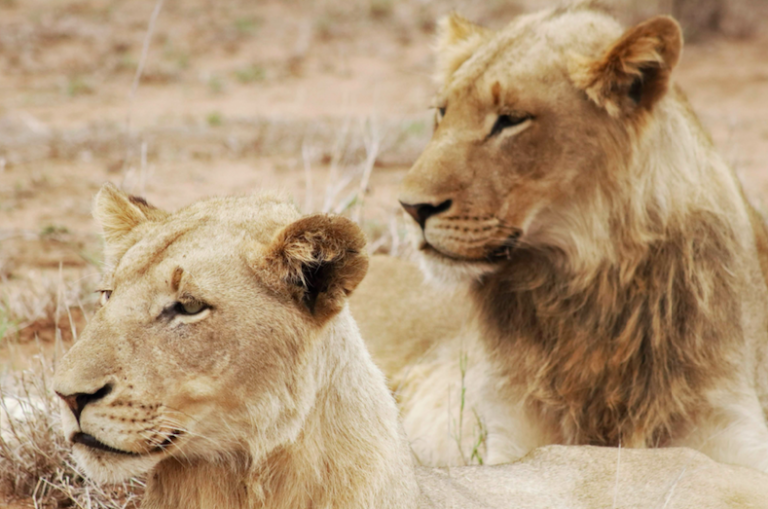The Limpopo government has announced that the 14 lions seen roaming around Phalaborwa last week have returned to their ‘usual pride location’.

On 7 June, 14 lions were spotted roaming the Phalaborwa area, and residents were warned to take caution.
In a statement, department spokesperson for the Limpopo Department of Economic Development, Environment and Tourism Zaid Kalla said, ‘The department also confirms that the animals will be kept within the area. The department’s role is to enforce control where human lives are threatened.
The lions have not been of any threat to humans,’ Kalla concluded.
The Phalaborwa area is well-known for having roaming wildlife, Kalla said. The lions were spotted roaming in the Foskor mine area.
‘Cohabiting between wildlife and humans has always been monitored and well-preserved by both LEDET and management of various facilities within the area.
‘It is important that as we preserve our environment, we need to ensure preservation of culture and traditions,’ Kalla said.
The lions sighted at Foskor Mine have been residing there for some time, moving into the Selati system to PMC Mine & other surrounding areas. The lion pride is not known to @SANParks, or the adjacent private reserves Balule & Klaserie.
— LimpopoLEDET (@LimpopoLEDET) June 8, 2019
The lions were originally thought to have escaped from the Kruger National Park, but SANParks said in a statement, ‘It has been reported that this pride has been residing for more than a year within the Foskor, Phalaborwa Mining Company and direct adjacent areas, moving along the Selati river system.
This area outside but adjacent to Kruger Park also sees elephant, buffalo and other wildlife wandering around it.
The pride might have established itself in this area due to the current availability of prey and lack of competition from other lion prides. The lion population within the Greater Kruger is very healthy, growing, and suitable habitats occupied.
With regards to relocating the animals to Kruger, SANParks said, ‘It would […] be unwise to relocate a lion pride in the territory of an existing pride. The disease status of animals is also a consideration when looking at possible release areas.’
Image source: Unsplash















